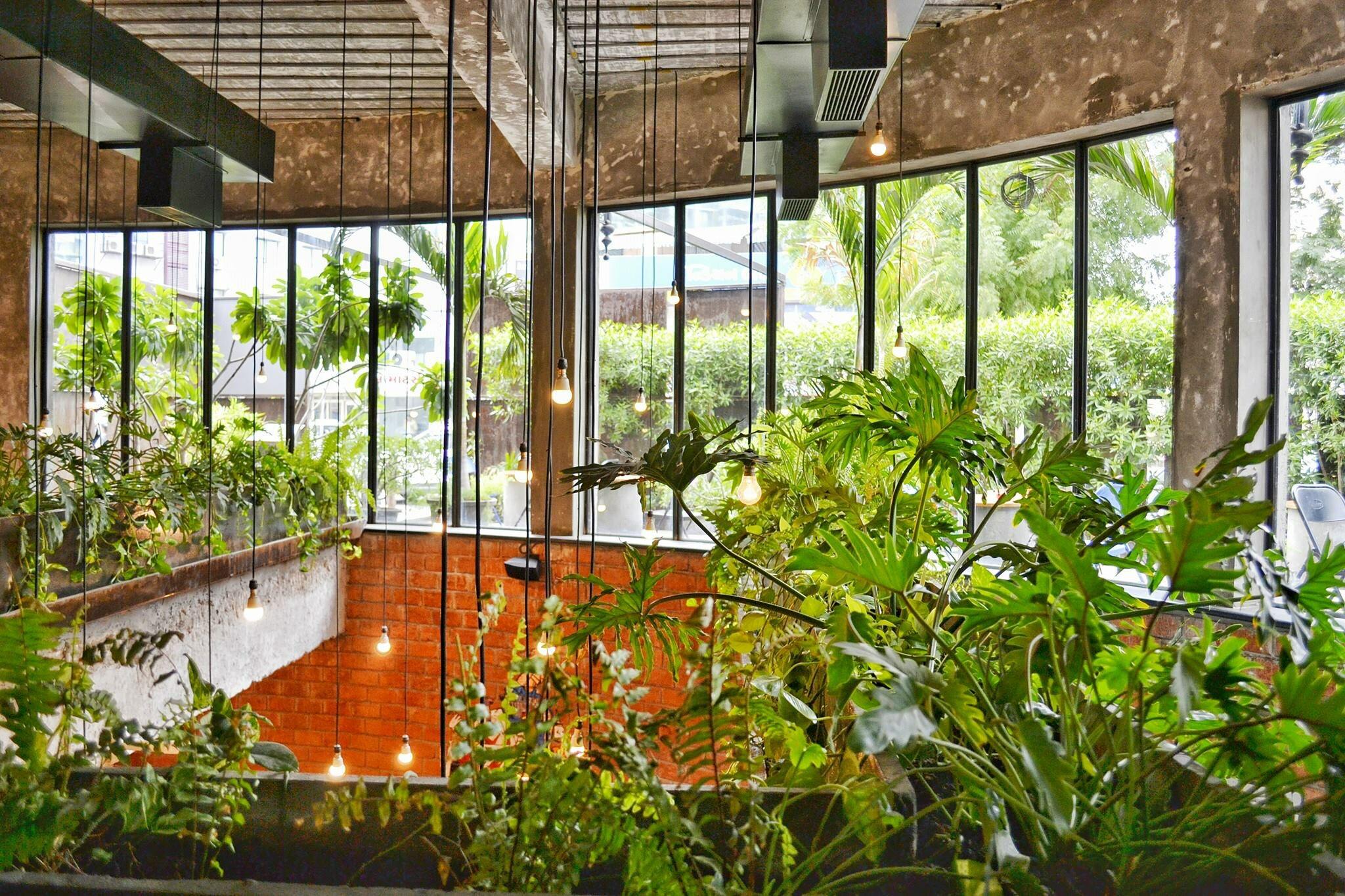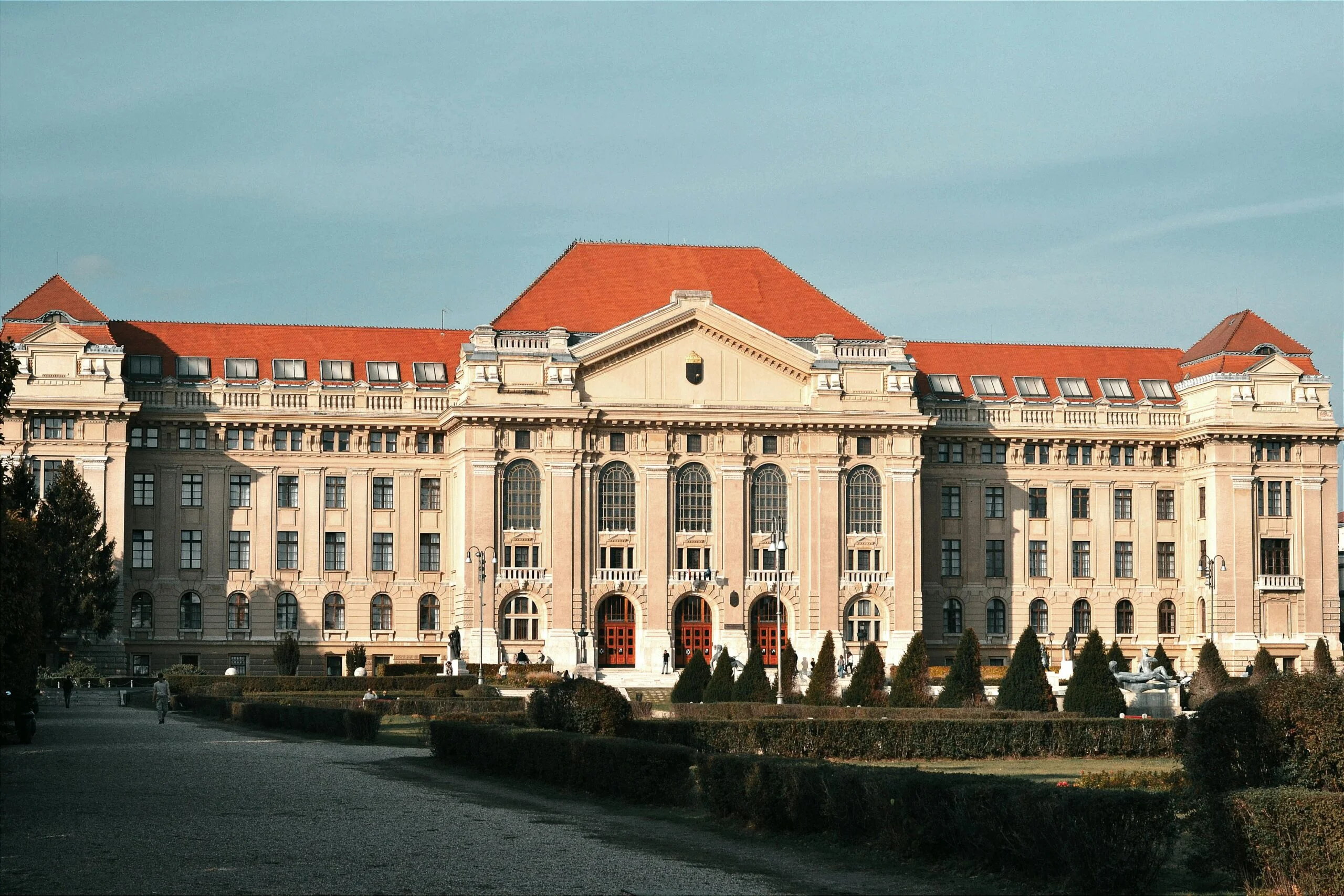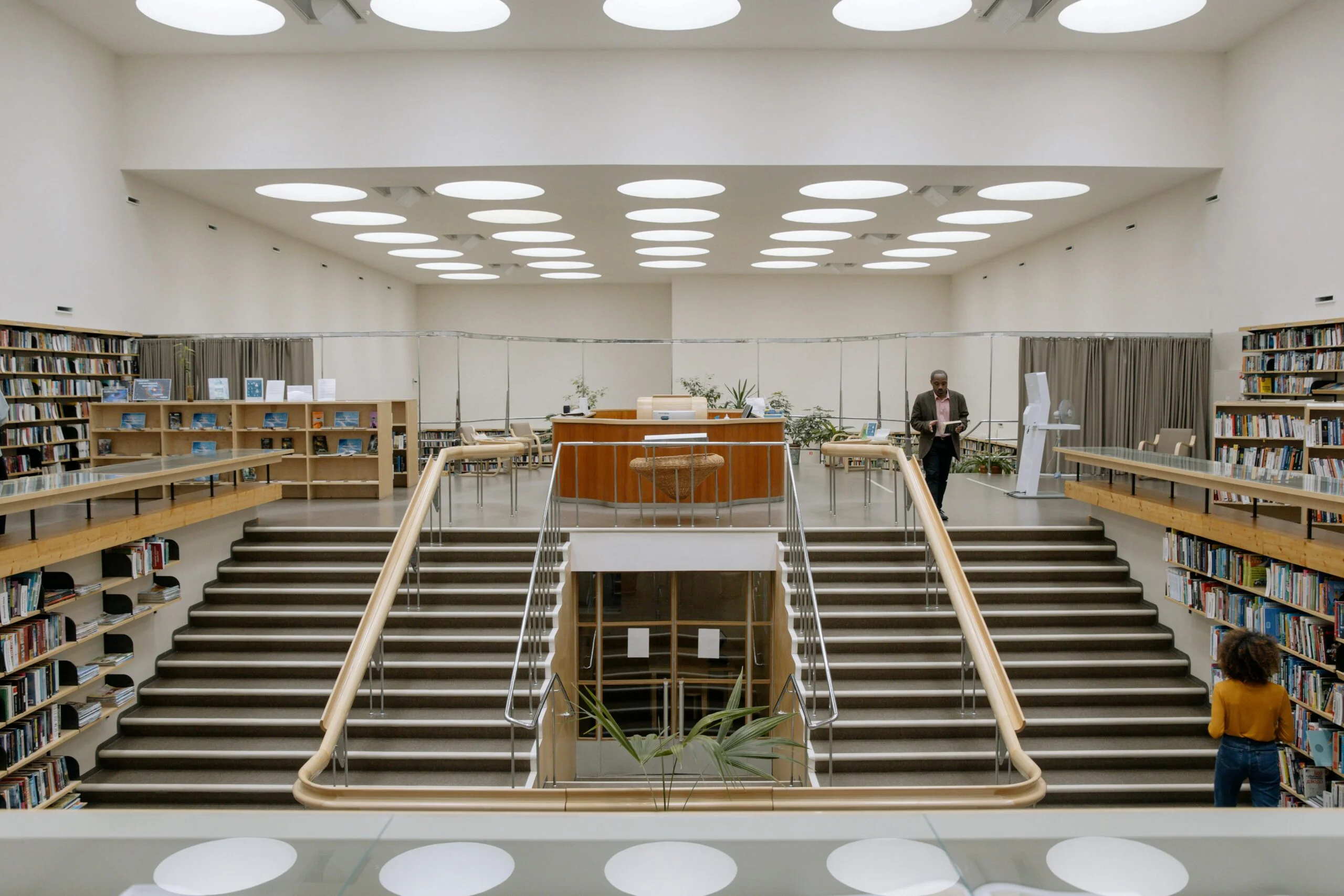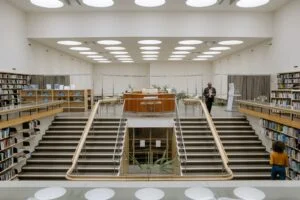What is biophilia in architecture?
Biophilic design helps us to connect with our inherent need to affiliate with nature in the modern built environment. In a study, it is stated that 95% of people want to have parks, gardens, and greenery around them due to the demand for space and living land. This need is not fulfilled by them. In architecture, biophilic design is a sustainable design that helps people reconnect with the natural environment. It is necessary to adopt green architecture, which will help in decreasing the environmental impact of the built world but does not address human reconnection with the natural world. The main goal of biophilic design is to create a good habitat around us for people as biological organisms inhabiting modern structures, landscapes, and communities.
Characteristics of Biophilia
- The biophilic design depends on repetition and sustained engagement with nature. The biophilic design stresses human adaptations to the natural environment that have shown useful in enhancing people’s health, fitness, and well-being across evolutionary time.
- The biophilic design provides positive and sustained interactions of people with the natural environment.
- The biophilic design necessitates reinforcing and integrating design interventions that link with the entire context or place.
- The biophilic design encourages sentimental ties to environments and locations. The biophilic design creates an emotional bond with certain places and situations by gratifying our innate need to identify with nature.
Principles of Biophilia
- Environmental features
- Natural shapes and forms
- Restorative patterns and processes
- Light and space
- Place-based relationships
- Evolved human-nature relationships
Dimensions
Direct experience of Nature
- Light
- Air
- Water
- Plants
- Animals
- Natural Landscape and Ecosystems
- Weather
- Fire
Indirect Experience of Nature
- Image of Nature
- Natural Materials
- Natural Colors
- Mobility and Wayfinding
- Cultural and Ecological Attachment to Place
- Simulating natural light and air
- Naturalistic shapes and forms
- Evoking Nature
- Information Richness
- Age, Change and the Patina of Time
- Natural Geometrics
- Biomimicry
Ways to incorporate biophilic design.
- Fresh Air: Increasing airflow inside the building by creating openings (doors, windows, skylights, courtyards, etc.). Getting fresh air inside makes us feel fresh and creates an ambient environment inside.
- Natural Light: Maximizing the use of daylight, provide curtain-free openings or shades throughout the day.
- Green Spaces: Bringing green spaces around us makes us more connected to nature. Plants are capable of filtering toxins from the air, and it also helps in improving the air quality.
- Water Features: The presence of water bodies gives peace to an interior space. If we install a fountain or design a pond near an opening, the sweet flow of water can be heard inside.
- Diverse spaces: Nature is rich in spatial variation, from wide, open fields and seas to valleys and caverns. To replicate the variety present in natural landscapes, look for possibilities to generate changes in your home’s floor plan.
Benefits of Biophilia in Architecture
• Health benefits
Because of this type of planning around us, we get so many benefits from it, and health is one of them. When we feel connected with nature, it starts healing us, making us stress-free, enhancing our mood, providing relief, and so many other health benefits.
• Environmental benefits
We all know that vegetation around us also impacts environmental benefits, like the number of trees around an area helping to stop stormwater, surface runoff, soil erosion, etc. The greenery around us reduces pollution, creates shaded spaces, and also helps in diverting wind flow.
• Economic benefits
Biophilia in architecture or Biophilic design is a little bit expensive, but this type of design attracts people. Flats, apartments, and houses that have these types of designs are expensive.
Examples of Biophilia in Architecture
- Falling Water, Pennsylvania, USA
- The Spheres, Seattle, USA
- Church of Mary Magdalene, Jerusalem, Israel
- Khoo Teck Puat Hospital, Yishun Central, Singapore
- The Wardian, London, England












2 Responses
Great job…………………..!!!!
“I’m glad you liked it! Keep reading, and thanks for your support.”